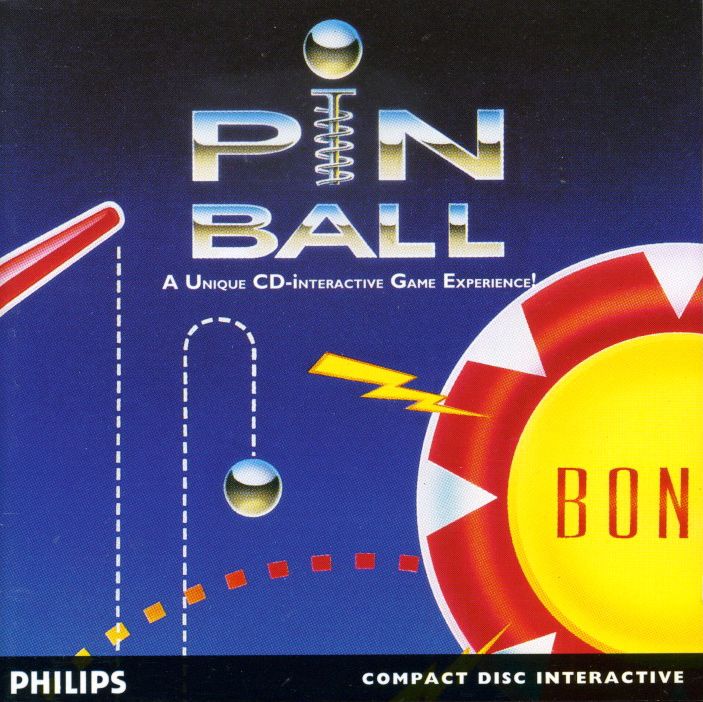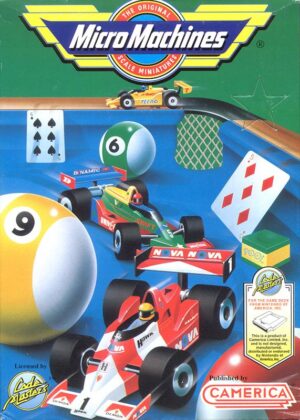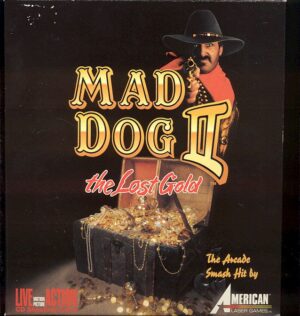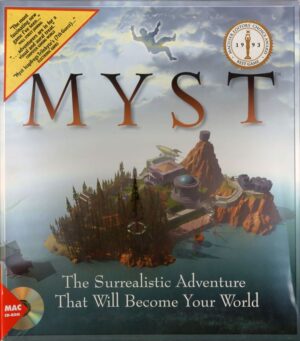Retro Replay Review
Gameplay
Pinball for the CD-i delivers a wealth of mechanical variety through its four distinct tables: Cyber, Meltdown, Spring Break, and Dogfight. Each board feels like its own mini-game, complete with unique objectives and gimmicks that keep the action fresh. The physics engine is surprisingly responsive for CD-i hardware, allowing for precise nudges and flipper timing that seasoned pinball fans will appreciate.
The Cyber table centers around a magnetic strip in the middle of the playfield. When the strip activates, it holds your ball in place, giving you a brief window to aim your next move. Successfully deactivating the magnet at the right moment can send the ball careening toward high-value targets, rewarding both timing and strategy. This feature alone adds a layer of depth rarely seen in home console adaptations of arcade pinball.
Meltdown throws you into a reactor-themed environment where opening the correct chute at the right time can trigger multiball or bonus multipliers. The challenge here is balancing risk and reward: chase the high-value reactor channels or play it safe by banking points through standard rolls. It’s an engaging balance that encourages repeated play to master the timing of each chute door.
Spring Break lightens the mood with a bright, beach-themed board. The goal is to spell out “SPRING BREAK” by hitting letter targets that pop up across the playfield. Simple at first glance, the challenge ramps up as letters reposition and new hazards like sand traps emerge. This table is ideal for newcomers who want a less intimidating introduction to pinball mechanics.
On Dogfight, you’ll find yourself in a World War I aerial dogfight simulation. Here, your flippers require periodic “refueling” to keep the action going—miss a fuel shot, and your flippers go dead until you score again. It’s a clever twist on traditional pinball rules that forces you to stay on your toes, mimicking the resource management of a real airplane in combat.
Graphics
Visually, Pinball on the CD-i leans into vibrant, cartoon-like art that maximizes the system’s limited color palette. The tables are well-defined, each with its own stylistic flair: neon grids for Cyber, riveted metal and warning lights for Meltdown, sun-bleached sand and surfboards for Spring Break, and sepia-toned biplanes against a cloudy sky for Dogfight.
While the resolution is modest by today’s standards, the designers use bold outlines and high-contrast elements to ensure every bumper, target, and flipper is easily visible. Animations are smooth, with satisfying spark and explosion effects when you hit key targets. Each table features dynamic lighting cues—flashing lights for multiball, pulsing glows around active targets—that keep the screen lively without overwhelming the senses.
The CD-i’s audio complements the visuals with punchy sound effects and thematic jingles for each table. Cyber’s electronic hum, Meltdown’s reactor sirens, Spring Break’s steel drum interludes, and Dogfight’s engine roars all help immerse you in each environment. Though the music loops can feel repetitive over extended sessions, they’re catchy and fit the pinball atmosphere perfectly.
Story
As a pure pinball title, Pinball doesn’t deliver a traditional narrative, but each table comes with its own implicit storyline that adds context to your shots and scores. In Cyber, you’re a hacker navigating a digital fortress, deactivating magnetic locks to break into the system. The reactive target lights and computerized voice-overs reinforce the feeling of a high-stakes infiltration.
Meltdown casts you as an emergency technician in a failing nuclear plant. Every successful plunge through the reactor chutes is represented as cooling rods sliding into place, preventing a meltdown. This setup gives a sense of urgency to every ball drain, motivating you to chase those extra points and extend play.
Spring Break takes a more lighthearted approach: you’re the star of a beach party, collecting letters to build the ultimate vacation slogan. The playful icons—sunglasses, surfboards, and palm trees—serve as narrative signposts, making each letter-hittable target feel like part of a larger celebration.
Dogfight’s theme drops you into the cockpit of a biplane dogfight. The flipper refueling mechanic mimics air-to-air refueling, and every ramp shot is portrayed as a low dive under enemy fire. While there’s no overarching storyline that ties the tables together, the individual themes are strong enough to give each play session its own mini-adventure.
Overall Experience
Pinball for the CD-i is an engaging and well-crafted adaptation of the arcade classic. It makes the most of the system’s graphical capabilities, delivering four tables that are visually distinct and mechanically varied. Whether you’re a pinball veteran or a newcomer, you’ll find something to enjoy in each themed environment.
The variety of gameplay mechanics—from magnets and chutes to spelling challenges and refueling flippers—ensures that no two tables feel the same. This diversity significantly boosts replay value, as you’ll find yourself returning to each board to improve your high scores and master its unique nuances.
While the lack of a unified story might disappoint those seeking a deeper narrative, the individual table themes are strong enough to provide plenty of context and motivation. The audio-visual presentation is charming, and the controls are tight, making every shot feel rewarding.
Overall, Pinball on the CD-i is a solid pinball package that offers both depth and accessibility. It’s a must-have for fans of virtual pinball looking for a variety of tables in one cartridge, and it stands as a fine example of how to bring arcade-style gameplay to home consoles of its era.
 Retro Replay Retro Replay gaming reviews, news, emulation, geek stuff and more!
Retro Replay Retro Replay gaming reviews, news, emulation, geek stuff and more!




Reviews
There are no reviews yet.